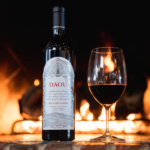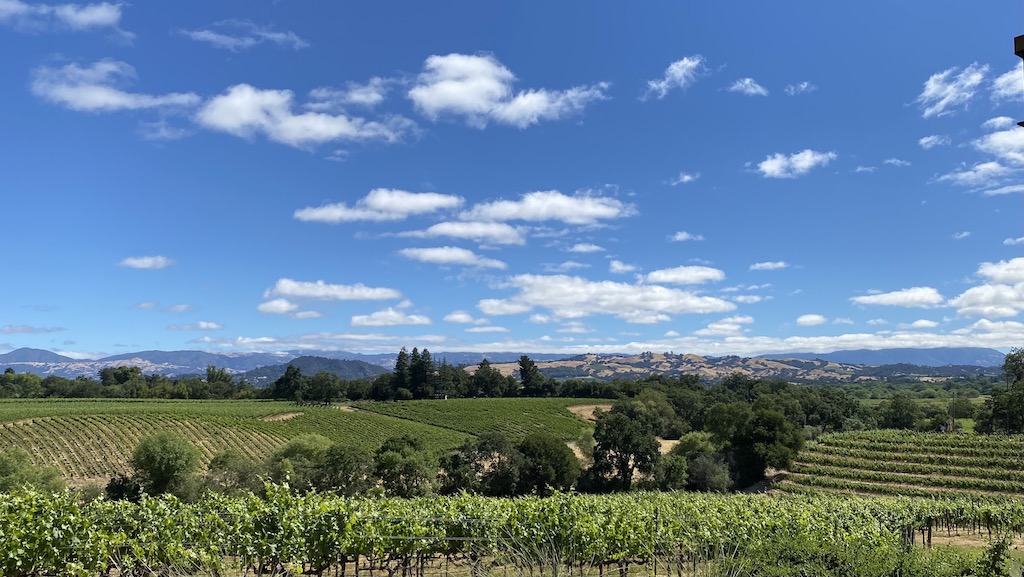
When you hear someone say they’re going to wine country, that means they’re visiting the magnificent wine regions of Napa Valley and Sonoma in California. Home to over 30 American Viticulture Areas (AVAs) or major wine appellations, and hundreds of wineries combined, Napa and Sonoma are two of the most popular wine destinations in the United States, so it’s not surprising that these two destinations would comprise my first wine trip in 2021 after I was fully vaccinated.
Napa Valley was California’s first American Viticultural Area (AVA) established in 1981. However, Napa’s fame predates its official AVA status. During the 1976 Judgment of Paris, a 1973 vintage of a California Cabernet Sauvignon won in a blind tasting competition over a Bordeaux competitor, officially putting Napa on the global wine map. While famous for its prized Cabernet Sauvignon and its Bordeaux-style blends, Napa Valley also produces amazing white wines. Because of its unique climate and soils throughout the region, Napa Valley has 16 sub-wine appellations. A few well-known smaller appellations in Napa include St. Helena, Spring Mountain District, Stags Leap District, Yountville and Wild Horse Valley.
Situated next to Napa sits Sonoma. Famous for its cool-climate Chardonnay and Pinot Noir production, Sonoma is arguably the most diverse wine growing area in the country. The region has 18 sub-wine appellations that offer their own distinct terroir. Geographically speaking, it’s also significantly larger than Napa. While many areas are perfect for cooler-climate viticulture, Sonoma is known for its longer, warmer growing season, which allows the grapes to perfectly ripen. The ocean provides coastal wind and fog that lead to fresh acidity in the wines. Russian River Valley, Chalk Hill, Alexander Valley, and Carneros are just a few well-known AVAs in Sonoma.
With stunning landscapes, Michelin Star restaurants, gorgeous hotels and hundreds of wineries, both Sonoma and Napa Valley offer something for everyone and every palate. From a Pinot Noir estate vineyard to the very first commercial winery in Napa, check out the wineries I visited this summer:
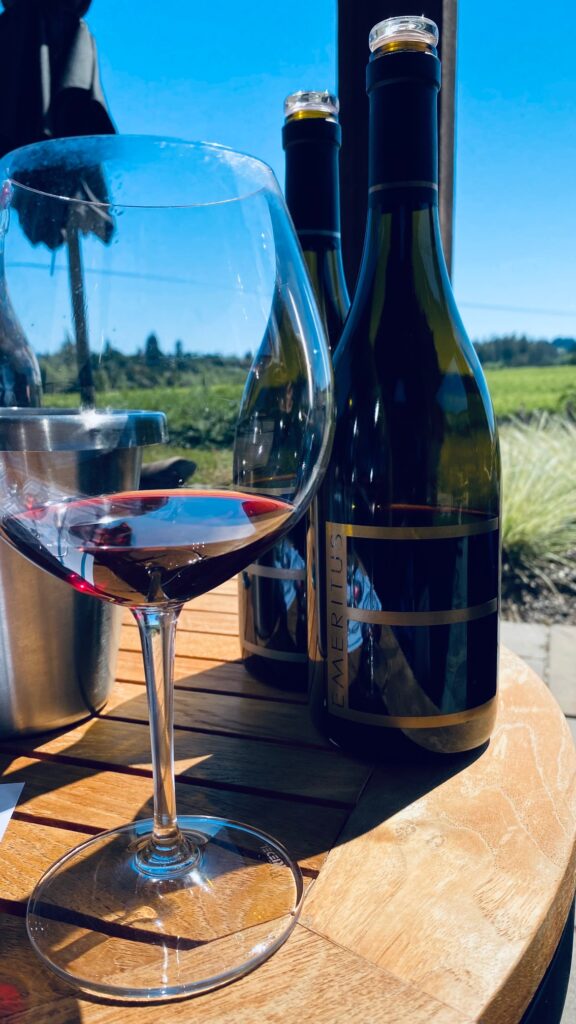
Emeritus Vineyards
My first stop in Wine Country was a charming vineyard nestled in the Green Valley region of Russian River Valley. Founded by Brice Cutrer Jones, Emeritus Vineyards is one of Sonoma’s premiere producers of estate grown pinot noir. If the name Brice Cutrer Jones sounds familiar, you’re not alone. Jones is the founder of the iconic Chardonnay-producing winery, Sonoma Cutrer. Although Jones sold the winery in 1999, he wasn’t done with the wine industry quite yet. He wanted to take on a different variety: New World Pinot Noir. Their entire 2004 debut vintage was sadly lost in a fire, however, their 2005 vintage was received quite well. Continuing the family tradition, Jones’s daughter, Mari, joined the team full-time in 2012. Today, she is the President of Emeritus.
To get a sense of the terroir, I had the wonderful opportunity to chat with Mari and walk through the remarkable estate vines. The cooler climate influenced by fog and winds off the Pacific Ocean makes it a perfect region for growing Pinot Noir. Alongside Emeritus’ commitment to sustainable farming, the terroir-driven wine is produced from dry farming, a non-irrigated cultivation of crops. In fact, Emeritus is the largest producer in Sonoma to dry farm and they’ve been dry framing since 2011.
After a walk through the vineyards, I tasted several of their Pinot Noir expressions, and chatted with winemaker David Lattin, who joined Emeritus back in 2017. Dave believes that great wine starts in the vineyards, and that as a winemaker, his job is to simply “steer” the wine. Which leads me back to a quote from Brice: “There are three things that define terroir: soil, climate, and people. Soil gives the wine character; climate gives the personality, and people imbue wine with spirit.”
And their world class Pinot Noir is a reflection of just that. The wines of Emeritus are refined, complex, beautifully balanced and full of character.
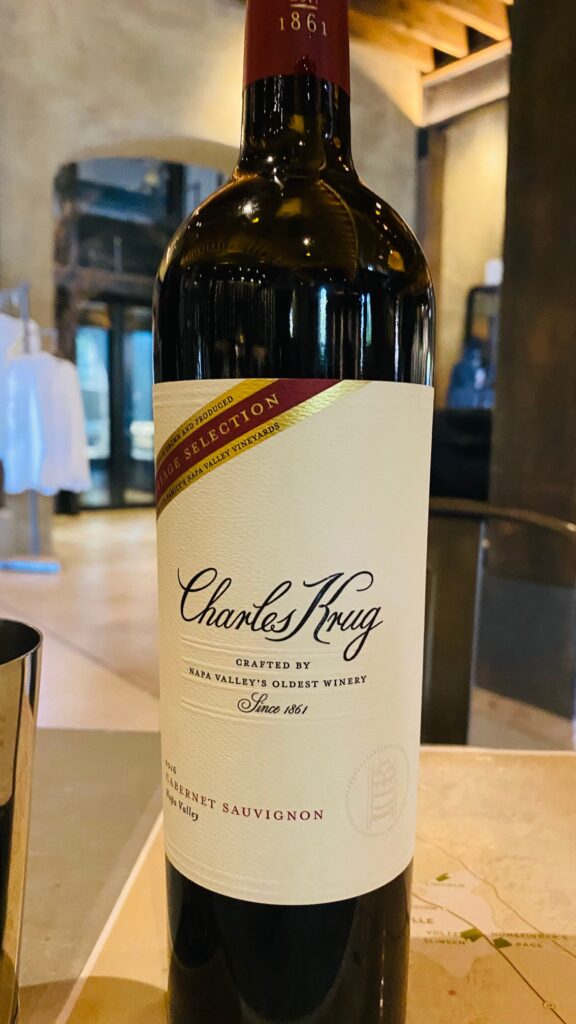
Charles Krug Winery
Iconic doesn’t even begin to describe the first commercial winery in Napa Valley. Charles Krug Winery was established in 1861 when an innovative teacher named Charles Krug transformed over 500 acres of land to wine vineyards. After his death, the winery was held in proprietorship until 1943 when Cesare and Rosa Mondavi purchased the winery. Four generations later, the winery continues to be operated by the Mondavi family. Famous for its bold Cabernet Sauvignon wines, the winery produces other bold red varieties that are not to be missed.
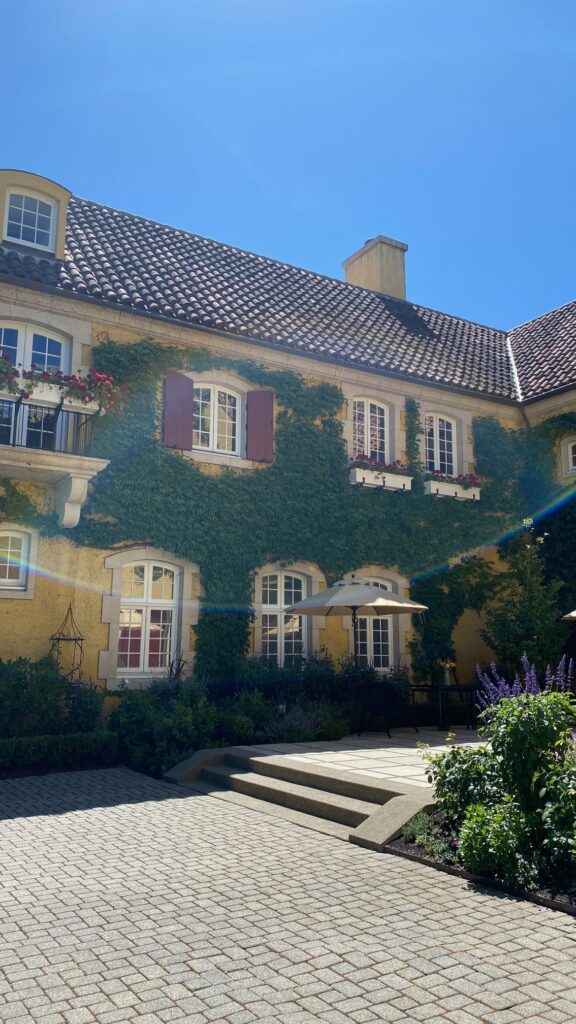
Jordan Winery
I’m pretty familiar with their wines, but I never had the chance to visit the winery, until now. Situated in the sprawling hills of Alexander Valley in Sonoma County sits a French-inspired winery named Jordan Vineyard and Winery. Founded in 1972, by John and Sally Jordan, the winery features an ivy-covered chateau overlooking 1,200 acres of vineyards and gardens. Here, you feel as though you’ve stepped right into a French movie. As far as wine goes, Jordan only produces two wines, Cabernet Sauvignon and Chardonnay, and they are exceptional at it. Focusing on sustainability, their wines are specifically produced with food pairing in mind. French-inspired, Jordan’s Cabernet Sauvignon wines are so well-structured and nuanced with a nice fruit character on the palate. The winery also produces their very own olive oil.
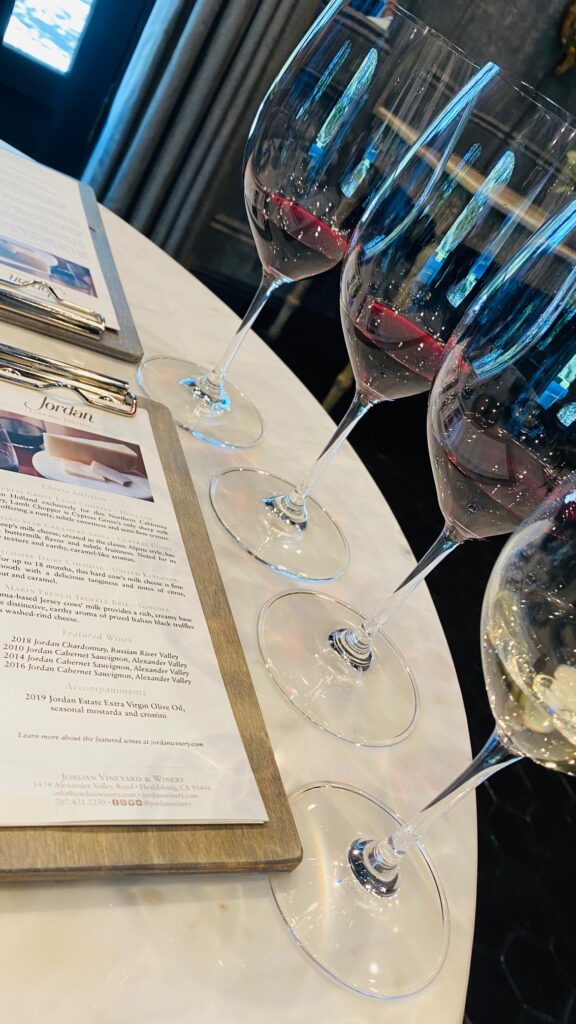
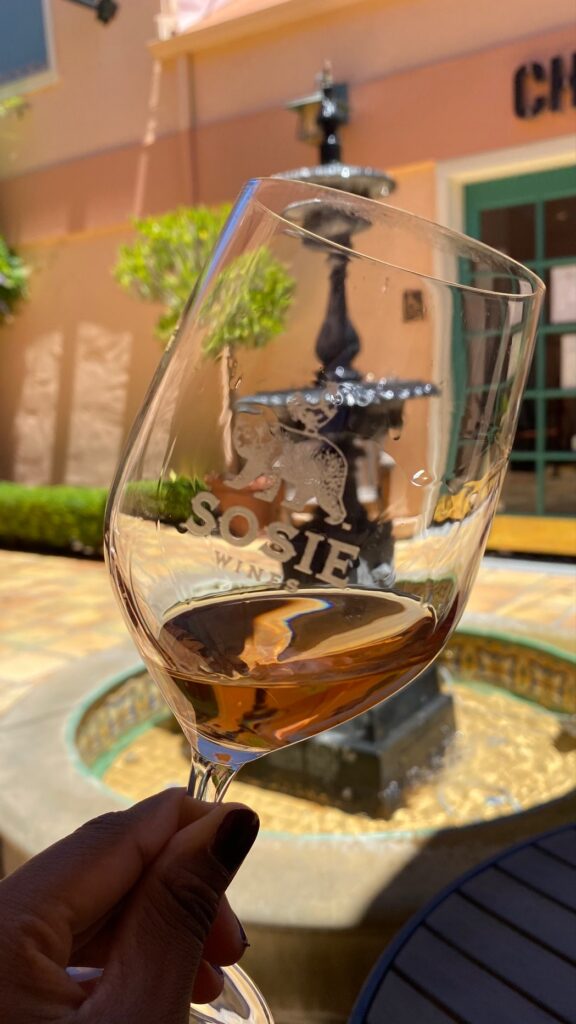
Sosie Wines
Founded by Scott MacFiggen and Regina Bustamante, Sosie Wines celebrates the diverse terroir of Sonoma, combined with the heart of French winemaking. The boutique winery was launched in 2015 and focuses on organic and sustainably-farmed sourced grapes. I had the privilege to visit their tasting room, which just opened in May. Sosie’s new tasting room is a cheerful welcome after a challenging year. Sosie lost its entire 2020 vintage to the fires that devastated the region.
Sosie produces award-winning and food-friendly wines including Pinot Noir, Syrah, Cabernet Franc and Bordeaux and Rhone-style blends. I took home a bottle of the 2016 Cabernet Franc which is elegant and herbaceous, yet fruit-forward. Sosie Wines truly captures the heart of French wines.
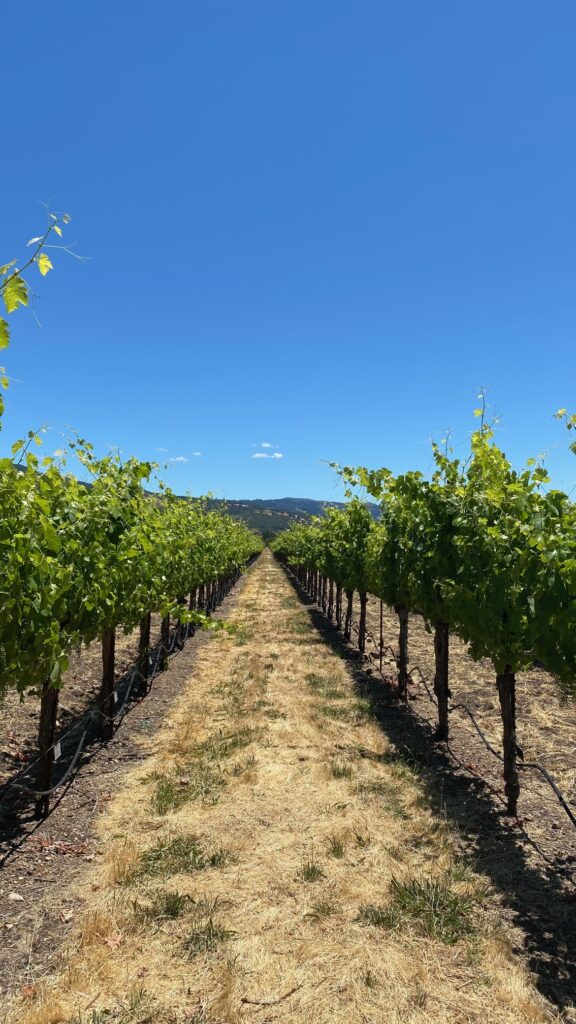
St. Francis Winery and Vineyards
A staple in the heart of Sonoma County, St. Francis Winery and Vineyards was established by Joe Martin in 1979. The estate boasts views of the Mayacamas Mountains, over 300 acres of certified-sustainably grown vineyards, and a state-of-the art winery built in 1999 that includes a solar energy system.
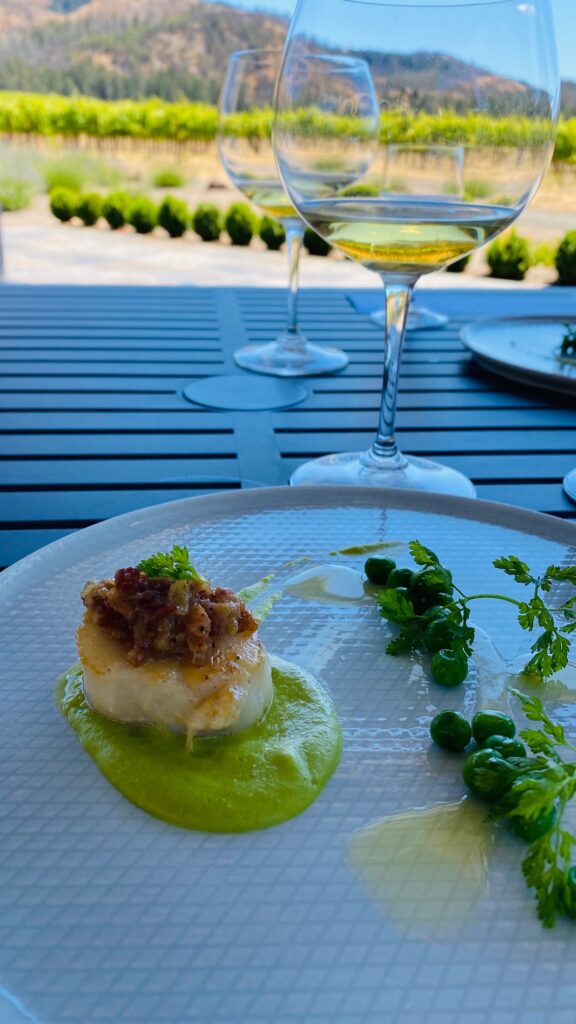
St. Francis is famous for their elegant 5-course food and wine pairings, so I took the opportunity to indulge. From its estate Chardonnay paired with scallops to their full-bodied Syrah paired with lamb shank, the pairings were out of this world.
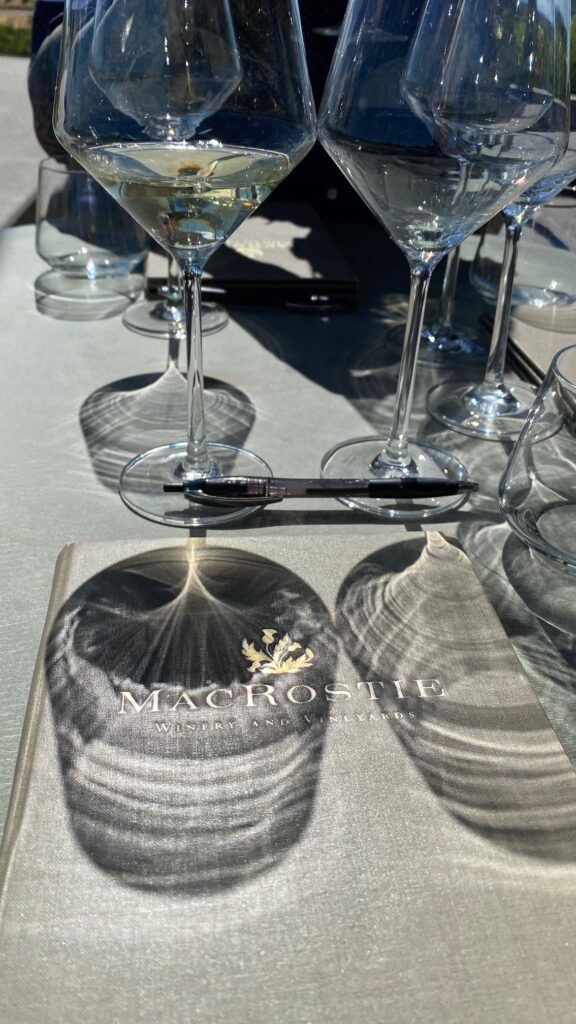
MacRostie Winery and Vineyards
A Sonoma winery known for its elegant Chardonnays, MacRostie Winery and Vineyards was established by Steve MacRostie in 1987. Before establishing his own winery, MacRostie honed his craft in winemaking when he became the inaugural winemaker for Sonoma County’s Hacienda Winery; that was in 1974. During those years, he also worked alongside his peers to start the Sonoma Valley Vintners, where he served as president.
When MacRostie Winery and Vineyards first started, Steve first sourced grape varieties from well-known wine producers around Sonoma. But in 1997, MacRostie planted their own vineyards, named Wildcat Mountain Vineyard, in the Petaluma Gap region on the borderlands between Carneros and the Sonoma Coast. In addition to their estate Chardonnay, MacRostie’s 13-acre Pinot Noir vineyard, Thale’s Vineyard, can be seen from their new winery and tasting facility. In 2013, winemaker Heidi Bridenhagen joined the team and has helped establish its place as renowned producers of cool-climate Chardonnay and Pinot Noir. MacRostie is another one of the wineries I visited that believes in sustainable farming. In 2015, MacRostie received CCSW certification for their Wildcat Mountain Vineyard and Thale’s Estate Vineyard in the Russian River Valley. Their Wildcat Mountain Chardonnay, rich with minerality and stone fruit character, really impressed me!
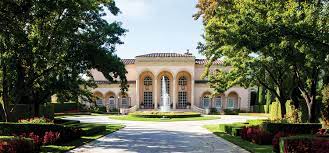
Ferrari-Carano
While I didn’t have the chance to visit the winey on my trip, I did have the privilege of tasting a lovely Chardonnay from Ferrari-Carano Winery. Situated in Dry Creek Valley of Healdsburg, California, Ferrari-Carano Winery released its first wines in 1987, which included a 1986 Fumé Blanc and a 1985 Alexander Valley Chardonnay. Today, their portfolio is well as over 20 other white, red and dessert wines. Founded by Don and Rhonda Carano, natives of Reno, Nevada, and second generation Italian-Americans, Ferrari-Carano Winery features breathtaking views of Sonoma.
Their 2018 Ferrari-Carano Trè Terre Chardonnay, Russian River Valley is your classic Sonoma Chardonnay. This wine is balanced with aromas of vanilla and white flowers. On the palate, you get bright acidity with hints of pear and apple.


